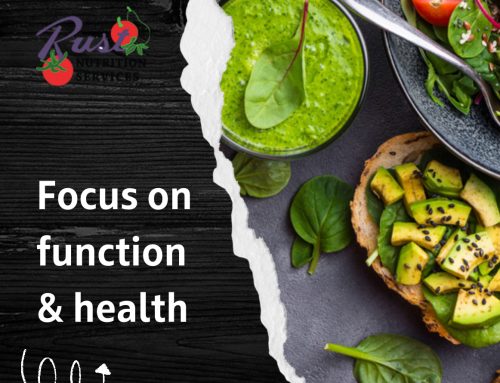I’ve been working on an upcoming lecture about Nutrition Controversies for the upcoming ACLM2013. Oh, there are many. Since only have about 45 minutes, I won’t be able to cover it all, but I chose these issues to begin with: GMO food, Sugars, Natural, Organic, Calories, High Protein.
As I was researching GMO in food (genetically modified organisms) I came across several blogs and popular pieces completely against the idea of using biotechnology for our food supply. A red flag should go up anytime someone is “completely” against something. Have they looked at all sides? Reviewed the literature? Talked to experts?
There is a lot of emotion behind the GMO food issue, even among my own profession. There’s usually a lot of emotion behind any controversy, but it’s important to try to dig up all of the facts. I can understand why the terminology can be intimidated. “Genetically modified” can conjure up thoughts about mad scientists in smoke-filled labs creating “unnatural” foods.

freedigtalphotos.net
I’m sure when the first polio vaccine was given, the same fears arose. “What? You want to inject a virus into my body!?” But scientists did their research, and we know that it works 99% of the time, with benefits that have long outweighed any risks over the past 55+ years.
When you are reading about nutrition news, consider the source. For instance, I read a blog written by a ND (naturopathic doctor) that was discussing BT corn. She referred to it as “biotoxic corn” and stated that the pesticide used on the corn “makes bugs stomachs explode”. On the other hand, you may be interested to read the facts about BT Corn (BT=Bacillus thuringiensis) at the University of Kentucky’s website or other departments of agriculture. You’ll find out that bt corn has been used safely for 30 years. Personally, I have more faith in an entomologist’s view on plant biology, than a naturopathic doctor’s view on that particular subject.
We know that bacteria react differently in plants and animals. We also are exposed to all sorts of bacteria both naturally and added. For instance, yogurts contain lactobacillus cultures which can help treat some causes of diarrhea. Our intestinal tract also harbors “healthy bacteria” as well.
In the case of BT, the protein within the bacteria when ingested by the insect (primary targets are caterpillar pests), binds to the gut wall and within hours, the gut wall breaks down and normal gut bacteria invade the body cavity. This is what the ND was referring to as “the bug’s stomach explodes”. The assumptions here is that if this happens to a caterpillar larvae, it could also happen to a human stomach. Not true. Thank goodness we are not of the caterpillar phylum or class.
I am not “pro” or “anti” genetically modified food. I do however think that there is an important role that biotechnology must play in our growing world, and I also encourage people to view all sides of an issue before deciding to be “completely against it”. There’s a lot to be learned about our food production by those who actually work in agriculture and farming.
Everyone has a right to choose the foods they want, and everyone has different dietary needs and food budgets. One size never fits all, so when you read something about food, nutrition, or diet that clearly appears “shocking”, step back and think – “Wait a minute” and do some additional research before you come to any conclusions.





[…] one specific gene is genetically inserted into the plant to resist pests to that plant (such as Bacillus thuringiensis Corn that repels the corn borer). The benefit of these methods include reduced tillage (and labor), […]